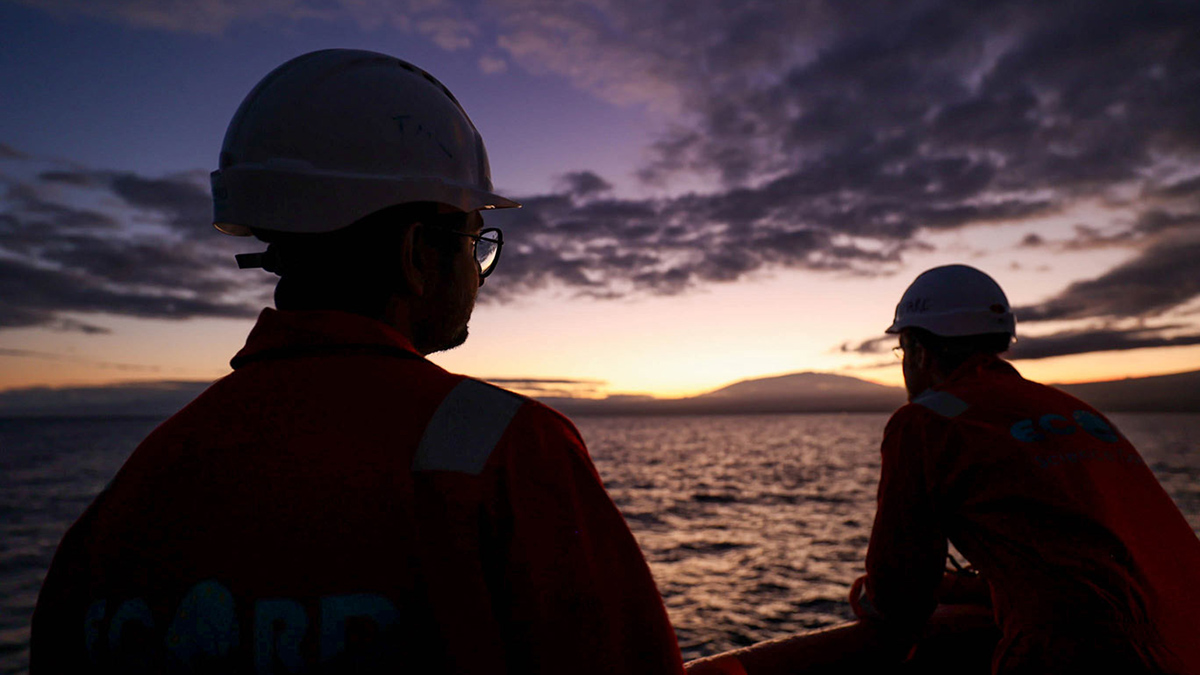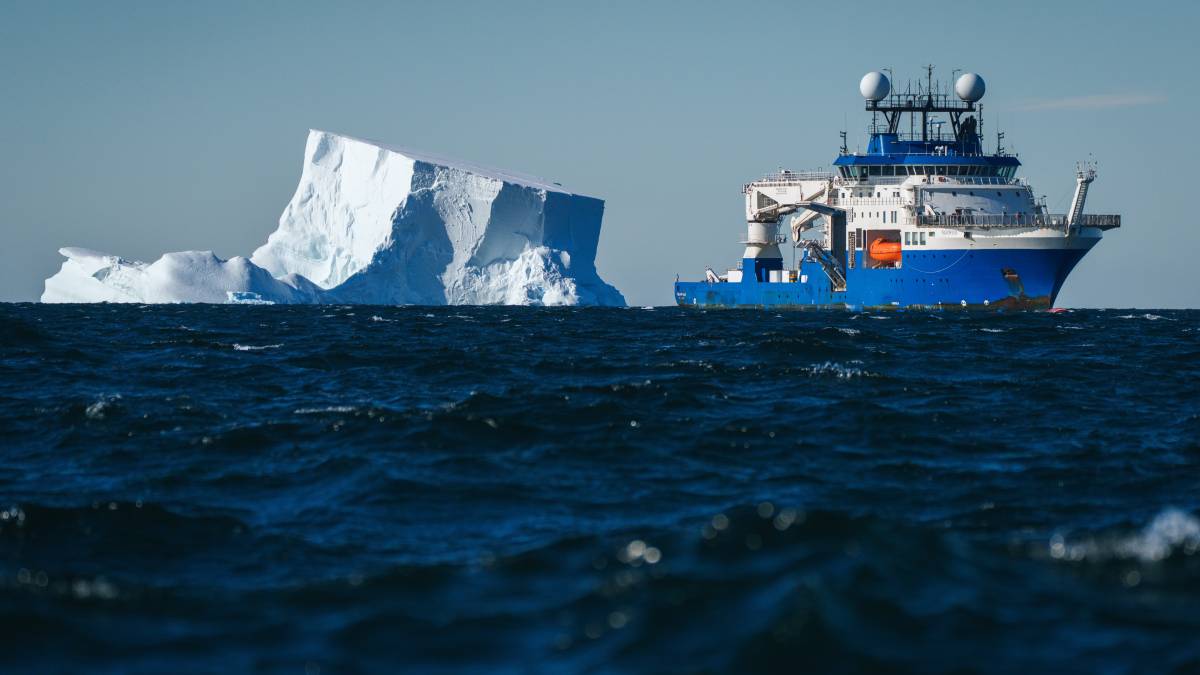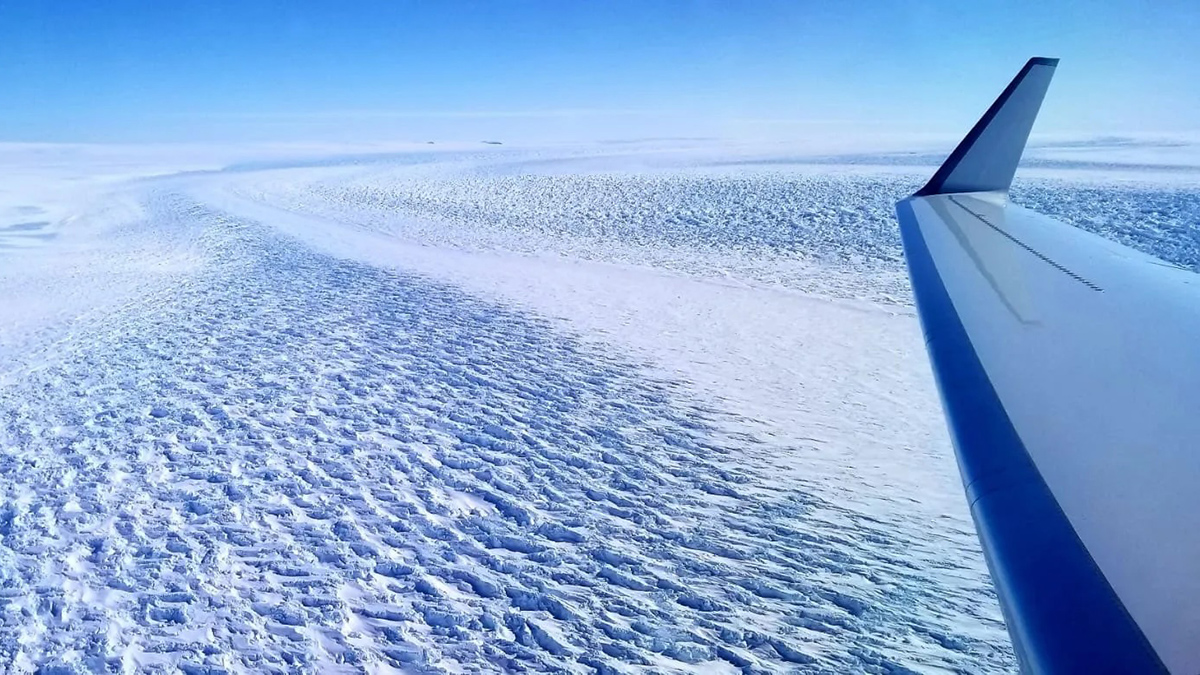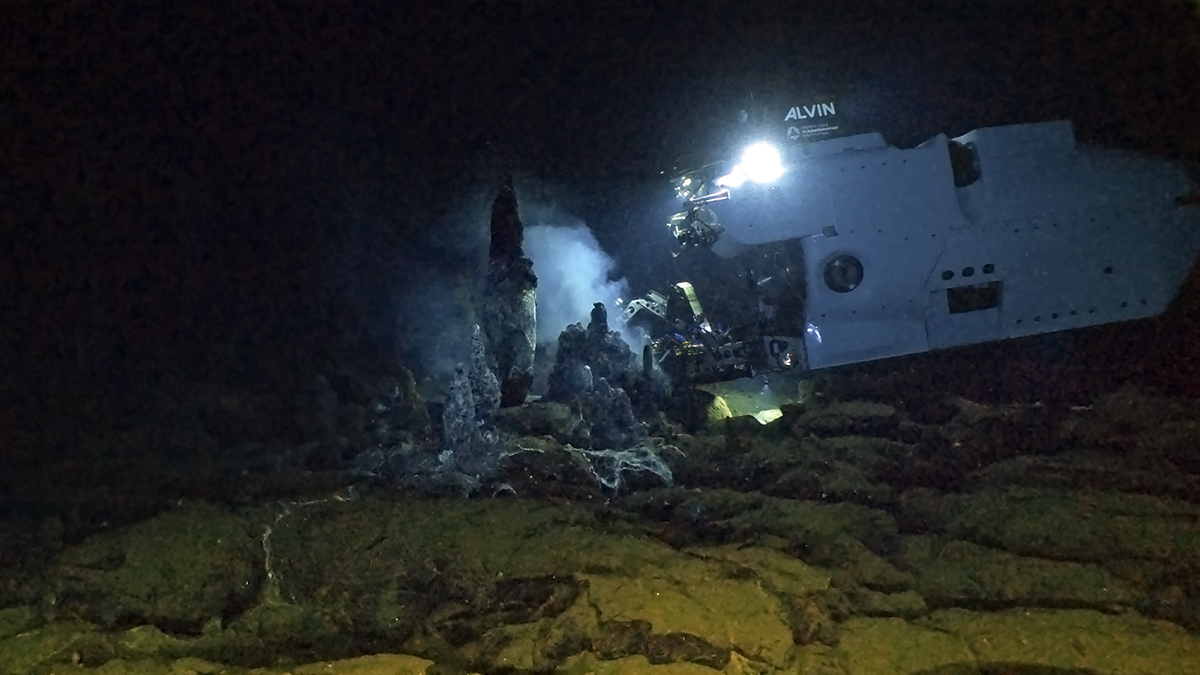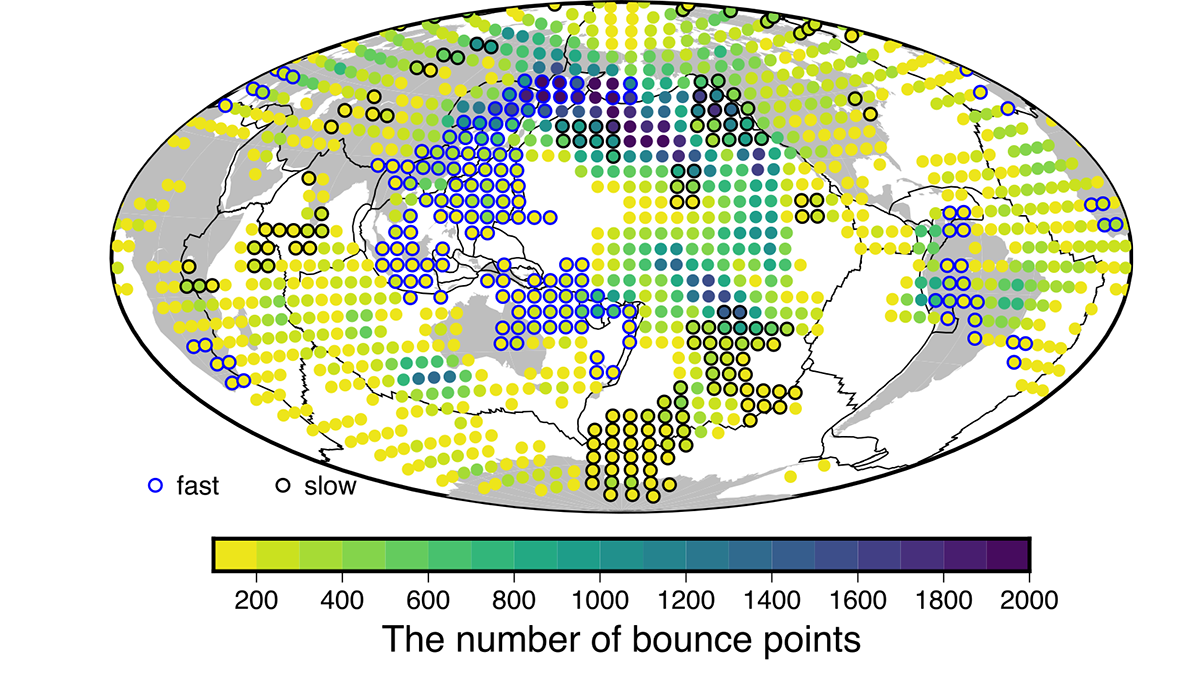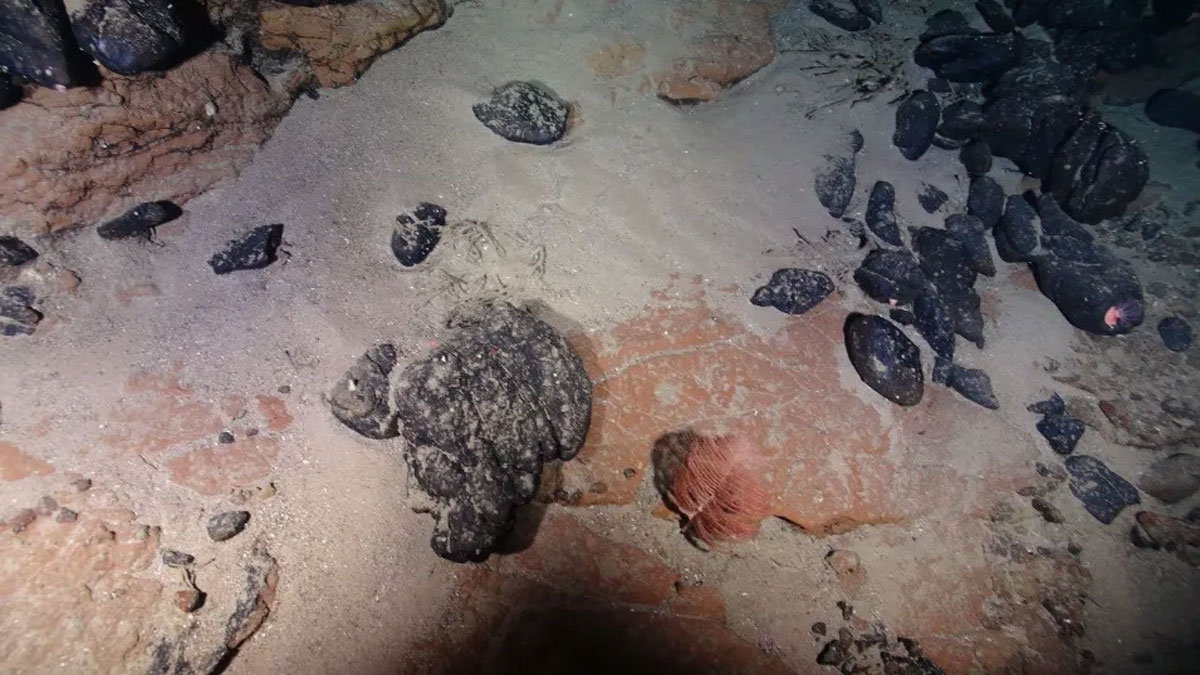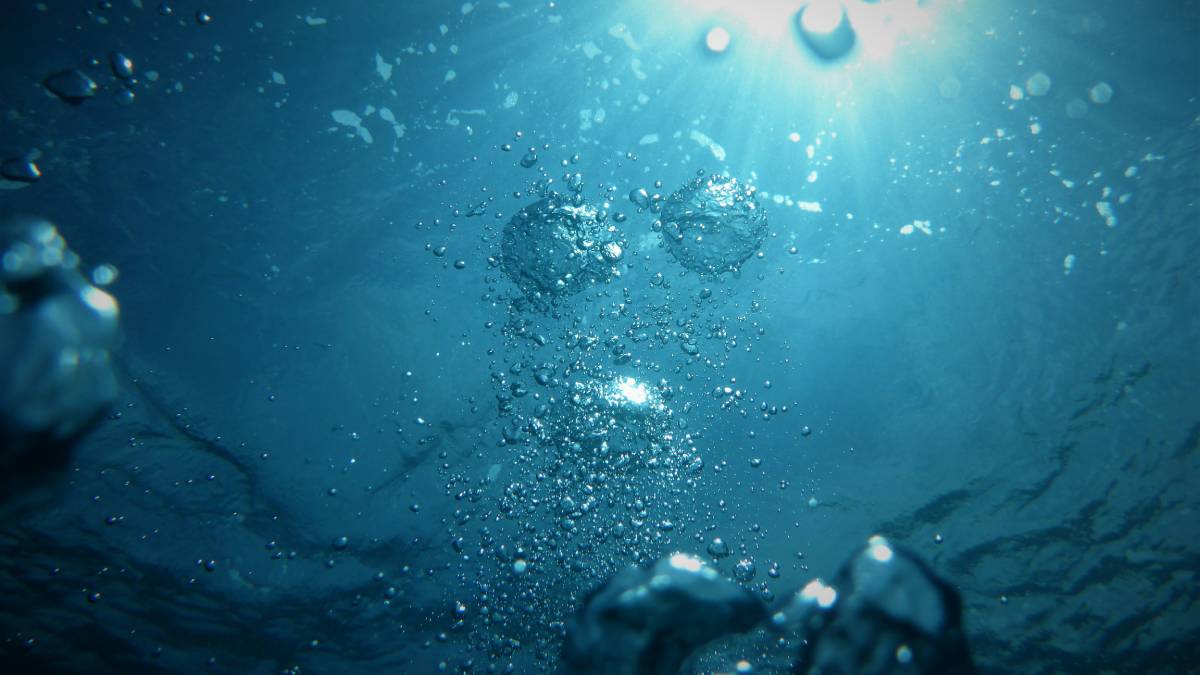Researchers set sail to study sea levels, climate, ecosystem responses, and volcanic histories over the past 500,000 years, using an innovative seabed drill to sample fossilized reefs off Hawai‘i.
seafloor
Thriving Antarctic Ecosystem Revealed by a Departing Iceberg
A quick-calving iceberg gave scientists a rare glimpse into what hides beneath Antarctic ice.
A Seafloor Spreading Slowdown May Have Slashed Sea Levels
Between 15 million and 6 million years ago, a drop in ocean crust production may have lowered sea level by 26–32 meters.
An Upgraded Alvin Puts New Ocean Depths Within Reach
The newly retooled submersible, which has already returned fascinating new findings from Earth’s watery depths, is opening more of the deep ocean to direct human exploration.
Satellite Measurements Make Major Seafloor Map Improvements
Though ship-based sounding has mapped some areas of the ocean floor in higher resolution, researchers have used SWOT data to create a detailed new map of the seafloor, including thousands of previously undetected small seamounts.
Mid-Ocean Ridges Could Be Dispersing Thermophilic Bacteria
Scientists suggest that two strains of endospores located more than 4,000 kilometers away from one another originated in the same place: along the Mid-Atlantic Ridge.
Compositional Anomalies Complicate Our Model of Mantle Convection
A new study expands on recent research which suggests that oceanic crust accumulates in the mid-mantle. The new seismological constraints advance our understanding of thermo-chemical planetary evolution.
Uma Ilha Tropical Há Muito Perdida Fica no Litoral do Brasil
Um platô vulcânico submerso no sudoeste do Atlântico foi uma ilha tropical há 45 milhões de anos.
Model Suggests Undersea Mountains Help Mix the Global Ocean
Seamounts may play a significant role in ocean turbulence and the upwelling of deep waters.

